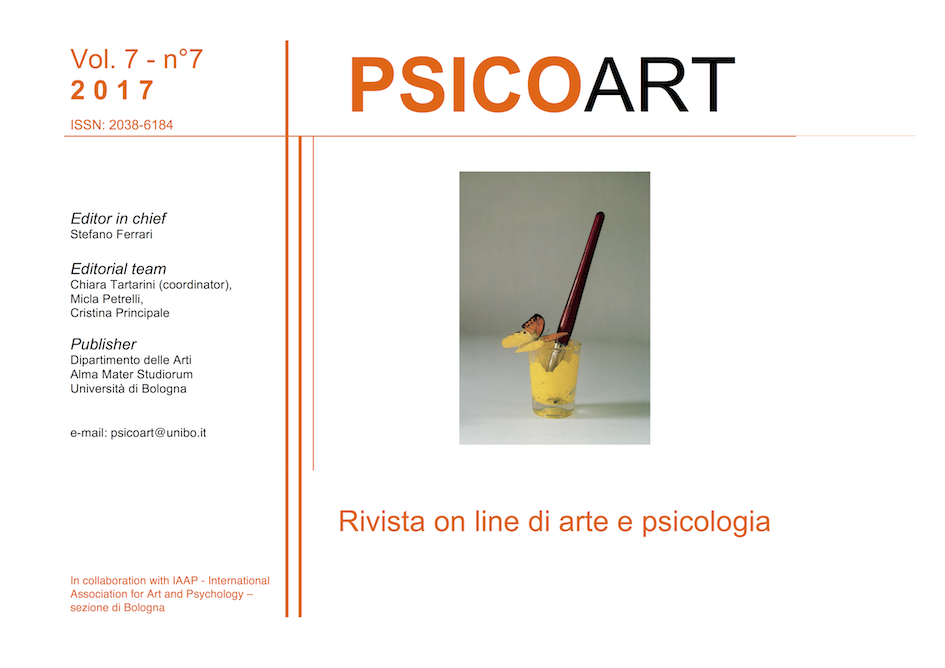The dispersive look. Seeing the artwork in the era of museums without memory
DOI:
https://doi.org/10.6092/issn.2038-6184/7282Keywords:
contemporary museum, collective memory, aesthetic experience, distraction, loci memoriaeAbstract
This essay is a reflection on the operation of the contemporary museum and, in particular, on the perceptive dynamics that the installation, the interactive or the multimedia work set up with the user, in relation to the space that contains them. The disappearance of the concentrated look, in favor of a dispersive, atmospheric and enveloping vision, favors in the museum the consumption of a sensory experience, that is no longer merely peculiar to the memorials. The museum designs a more fluid visual and bodily experience of the artworks, not a "distracted", but, we could say, in a state of distraction experience, that calls for circulation and exploration. A microcosm that discourages the linear orientation and the sense of the distance, and that is inclined to making present the relationship with space and time. The present of individual feeling is today the privileged dimension of existence of spaces that once emerged to preserve collective memory. A kind of perception without memory evolves from the spaces of the contemporary museum.
Downloads
Published
How to Cite
Issue
Section
License
Copyright (c) 2017 Micla Petrelli
Copyrights and publishing rights of all the texts on this journal belong to the respective authors without restrictions.
This journal is licensed under a Creative Commons Attribution 4.0 International License (full legal code).
See also our Open Access Policy.





